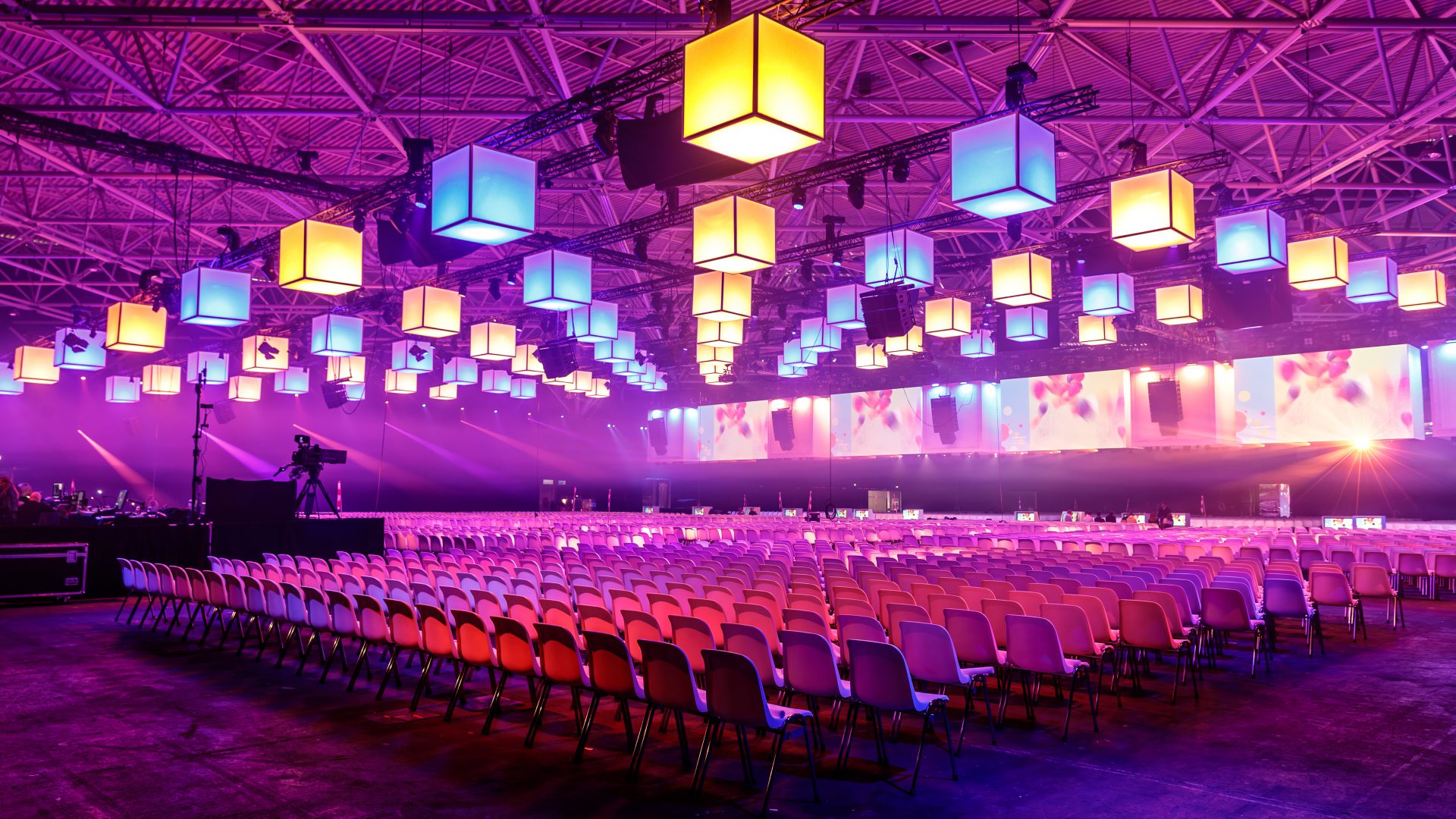Just How Production Companies Change Ideas Into Compelling Visuals
The process through which production firms transform abstract principles into compelling visuals is both complex and methodical, starting with the critical stages of ideation and manuscript advancement. Collaboration amongst diverse experts is important, permitting a merging of ideas that breathe life right into narratives. As the task advances via pre-production, production, and post-production, each stage demands mindful interest to detail and positioning of artistic aspects. This systematic technique not only forms the aesthetic of a job but also affects its emotional vibration. What continues to be to be checked out is just how these techniques culminate in the art of storytelling itself.
Recognizing the Creative Process
While the innovative process may differ considerably from one manufacturing firm to another, it normally involves a structured strategy that stabilizes artistic vision with useful implementation. At first, the procedure begins with ideation, where ideas are conceptualized and improved. During this stage, innovative teams take part in conversations that explore themes, narratives, and aesthetic styles, making certain that the core message straightens with the intended target market.
Following ideation, the growth stage takes center phase, where scripts, storyboards, and shot listings are meticulously crafted. This stage is important as it translates abstract ideas into tangible plans, facilitating a smoother production procedure. The imaginative group collaborates closely, ensuring that every aspect, from casting to area looking, shows the creative intent.
Once pre-production concludes, the implementation stage commences, where the project is given birth to with filming and editing. This phase needs a keen attention to information, as the imaginative vision is recognized through technological competence and creative expression. Finally, post-production further improves the visuals and noise, finishing in a refined end product that reverberates with the audience. Hence, comprehending this structured imaginative process is crucial for valuing just how manufacturing companies change principles into compelling visuals.

The Function of Cooperation
How does partnership improve the imaginative result of production business? At its core, partnership is an essential catalyst that fosters technology and creativity within the manufacturing landscape.

In addition, partnership urges open communication, which is crucial for navigating the intricacies of production. It grows an atmosphere where comments is valued, permitting iterative renovations and adjustments that raise the last product. Inevitably, the collaborative spirit within production firms serves to change initial ideas right into compelling visuals that astound viewers, strengthening the relevance of teamwork in attaining artistic quality.
Pre-Production Basics
Pre-production is a vital stage in the filmmaking process, usually encompassing five necessary steps that lay the foundation for a successful production. The very first step involves script growth, where the screenplay is refined, guaranteeing that the story is natural and engaging. This is followed by budgeting, which develops the monetary framework for the task, determining essential prices associated to cast, staff, areas, and tools.
The 3rd action is casting, a his comment is here vital process that involves selecting the best stars to represent the personalities authentically. A well-cast film can considerably improve the story's influence. Next off, area searching is carried out to locate ideal filming sites that straighten with the vision of the task, thinking about logistical aspects such as accessibility and permits.
Catching the Vision in Manufacturing
In the vibrant environment of a film set, catching the vision in manufacturing calls for careful coordination and cooperation amongst all departments. Each team, from cinematography to art instructions, plays a critical role in equating the movie script into visual images that resonates with audiences. The director's vision should be properly connected to make sure that every shot, angle, and illumination option lines up with the overarching narrative.
Cinematographers are entrusted with picking cam devices and lenses that ideal share the story's tone, while manufacturing developers produce immersive settings that enhance the visual experience. Closet and makeup groups contribute by forming characters through their appearance, enhancing the story's motifs.
Audio design and songs also enhance additional info the visuals, establishing psychological context and increasing target market interaction. Daily control meetings and on-set interaction channels promote real-time adjustments, making certain that any type of imaginative nuances are caught as they arise.
Eventually, recording the vision in production is concerning harmonizing these varied components to produce a natural and compelling visual story. The joint effort not just brings the manuscript to life but likewise lays the structure for a powerful cinematic experience.
Post-Production: Refining the End Product
Post-production plays a critical role in refining the end product, changing the raw video recorded throughout production into a refined motion picture experience (production companies nashville tn). This stage incorporates numerous important processes, including modifying, audio layout, shade improvement, and visual impacts, each adding to the overall narrative and emotional effect of the movie

Audio design is just as important, involving the addition of discussion, sound results, and atmospheric audios that learn this here now enhance the viewing experience - production companies nashville tn. The cautious layering of audio aspects helps engage the audience in the tale world
Shade correction better enhances aesthetic appeal, readjusting colors and contrasts to create a natural visual that aligns with the movie's mood. This action makes sure that each frame reverberates emotionally with customers.
Final Thought
To conclude, the makeover of principles into compelling visuals requires a structured and collaborative strategy within production companies. By focusing on communication and control throughout the creative procedure-- from ideation and pre-production to production and post-production-- these firms effectively align different artistic elements with the story. This meticulous approach not only improves narration yet also captivates audiences, eventually leading to immersive and interesting cinematic experiences that reverberate deeply with audiences.